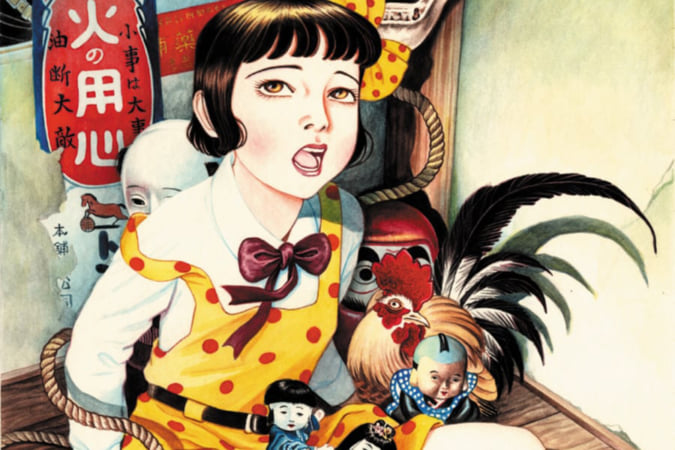The Creative Hands of Rei Omori
The artist, who works in both pottery and painting, gives free rein to arbitrariness in her monochrome, abstract pieces.
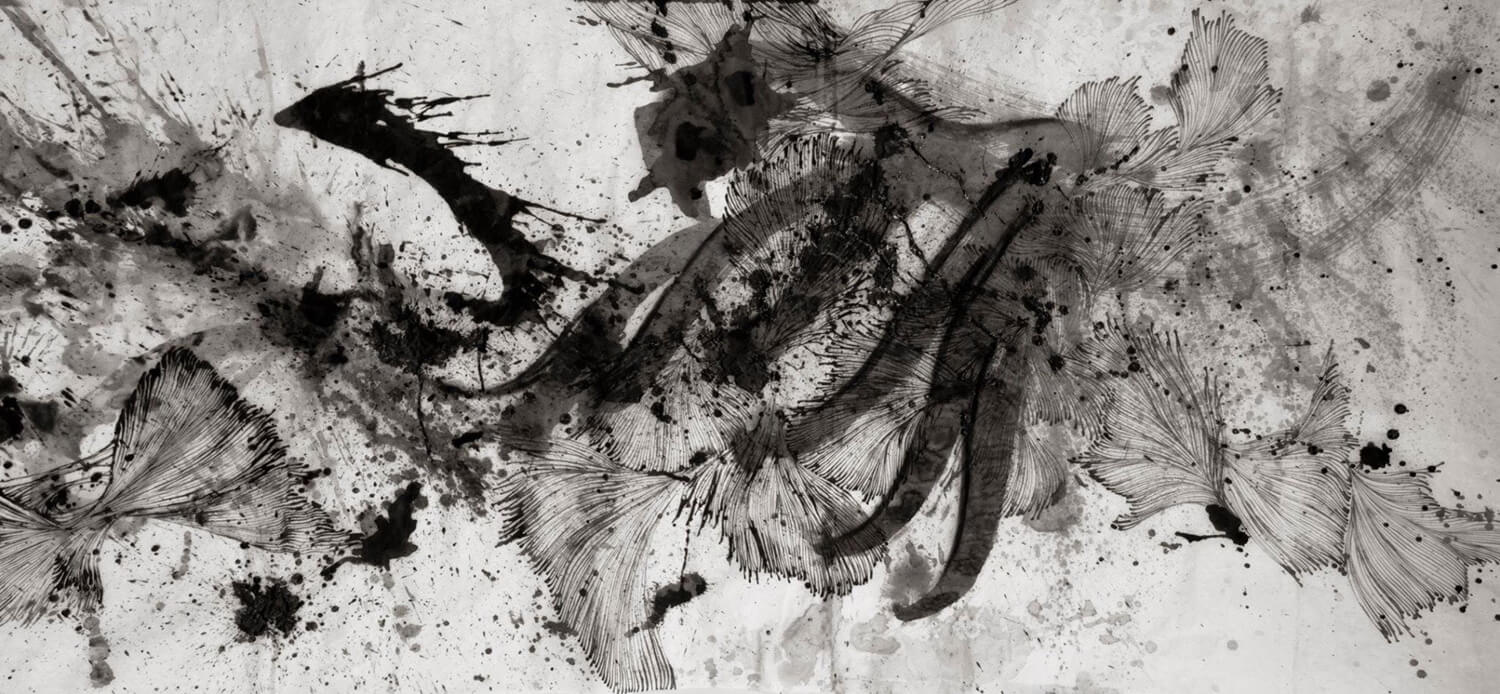
©Rei Omori
Rei Omori first encountered clay at the age of four. The artist, who was born in Hawaii, grew up in Kyoto. She studied clay sculpture at university in the former imperial capital, but also worked with wood and stone. Her crude style is expressed as clearly in her pottery as in her paintings, which are often monochrome and primitive.
Letting go while creating
The unpredictable nature of the production process taught the artist that she cannot control everything in life. ‘When you make a mistake working with stone, it’s impossible to undo it’, explains Omori, who gives her ideas free rein, with her creations regularly taking on abstract shapes.
Her works have achieved success, with department store Hankyu Men’s having ordered pieces, and the boutique hotel Art Mon Zen featuring a mural the artist created, depicting a wave.
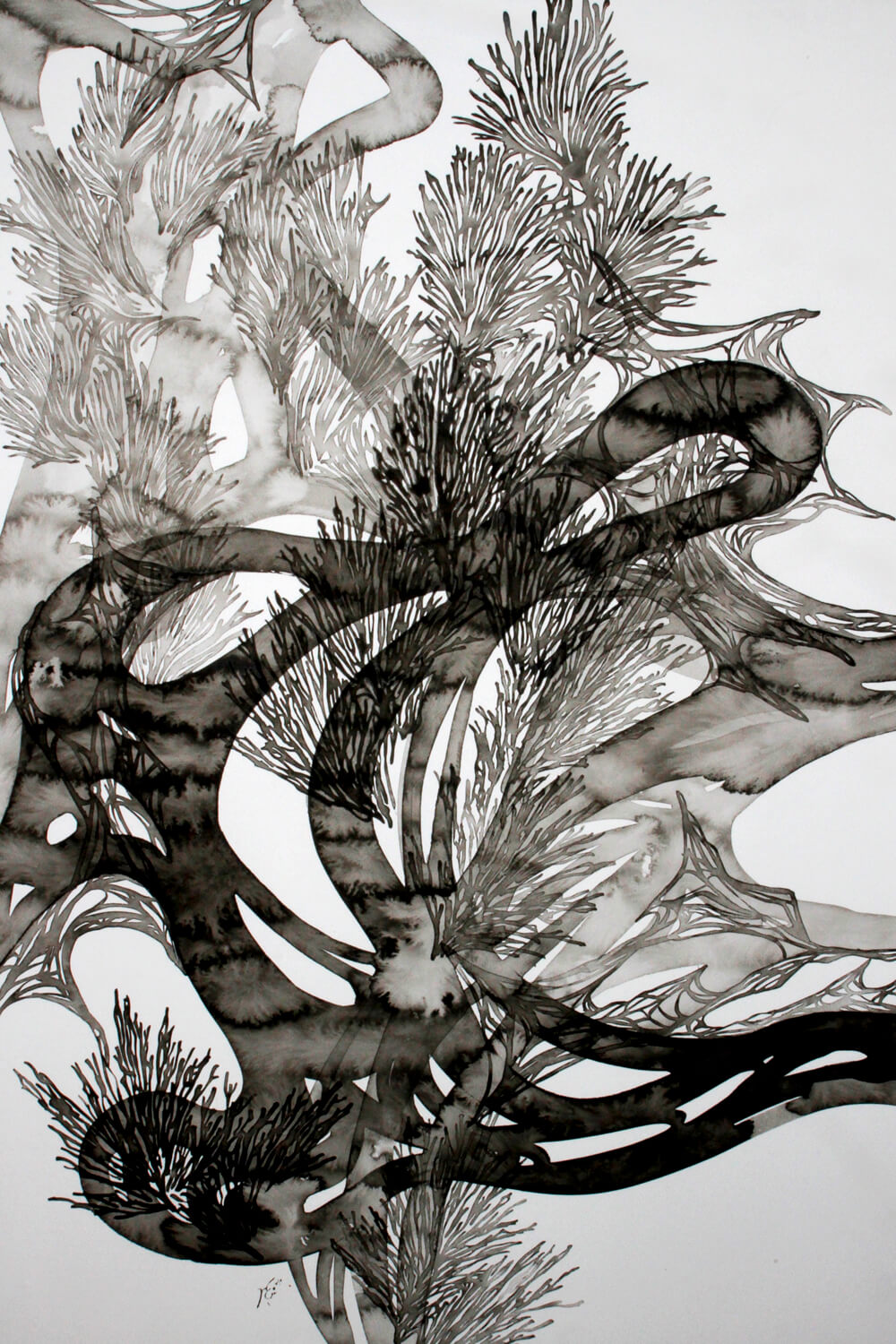
©Rei Omori
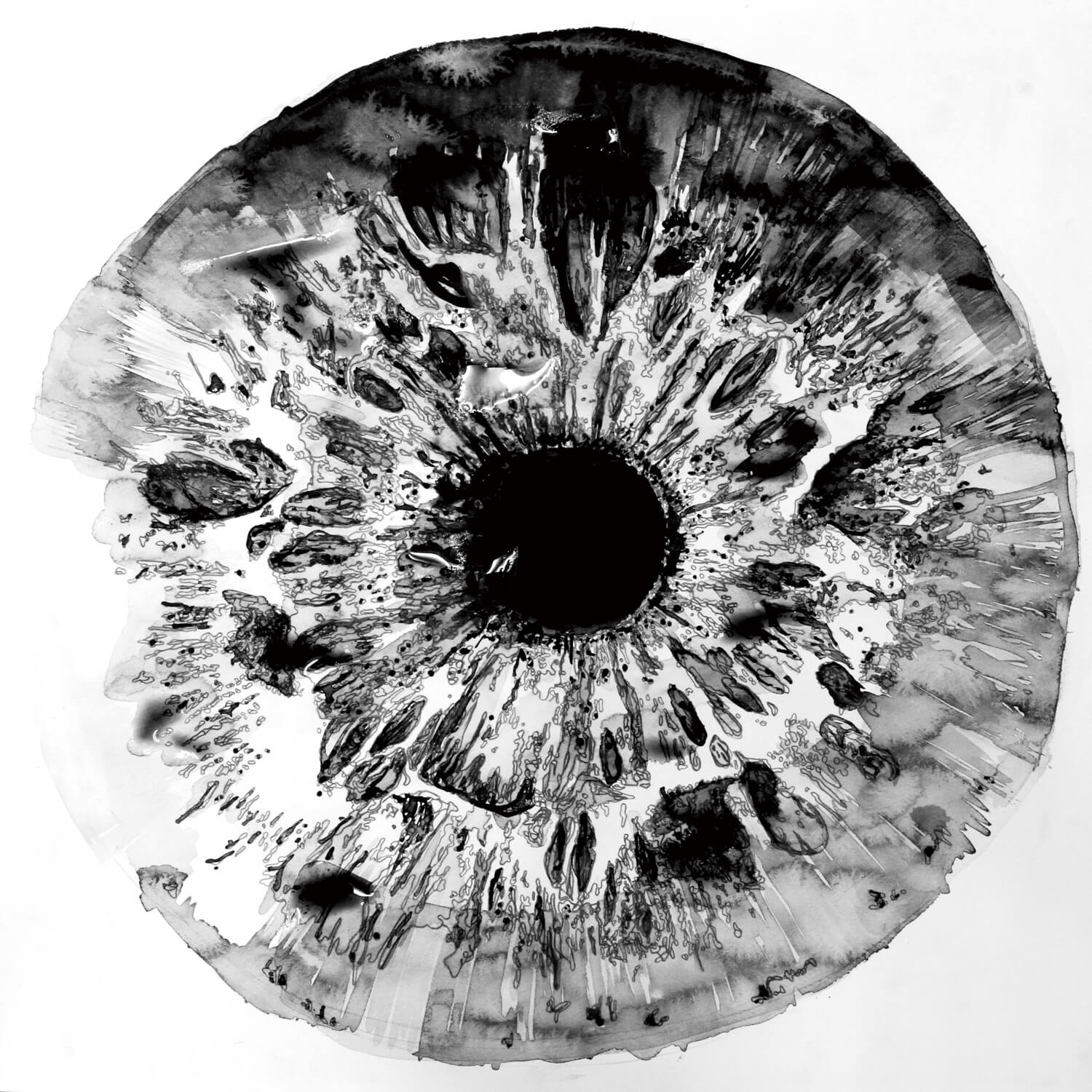
©Rei Omori
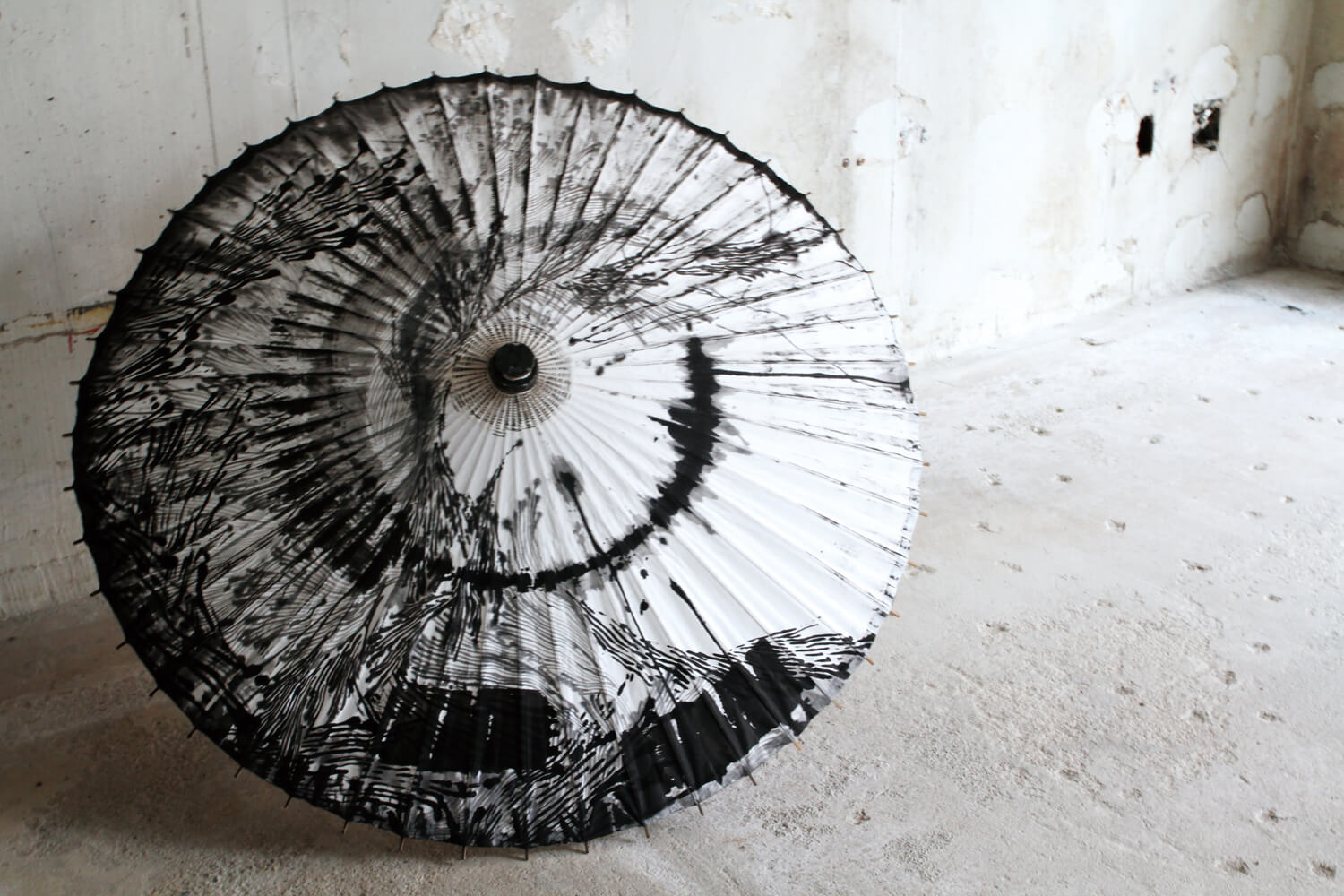
©Rei Omori
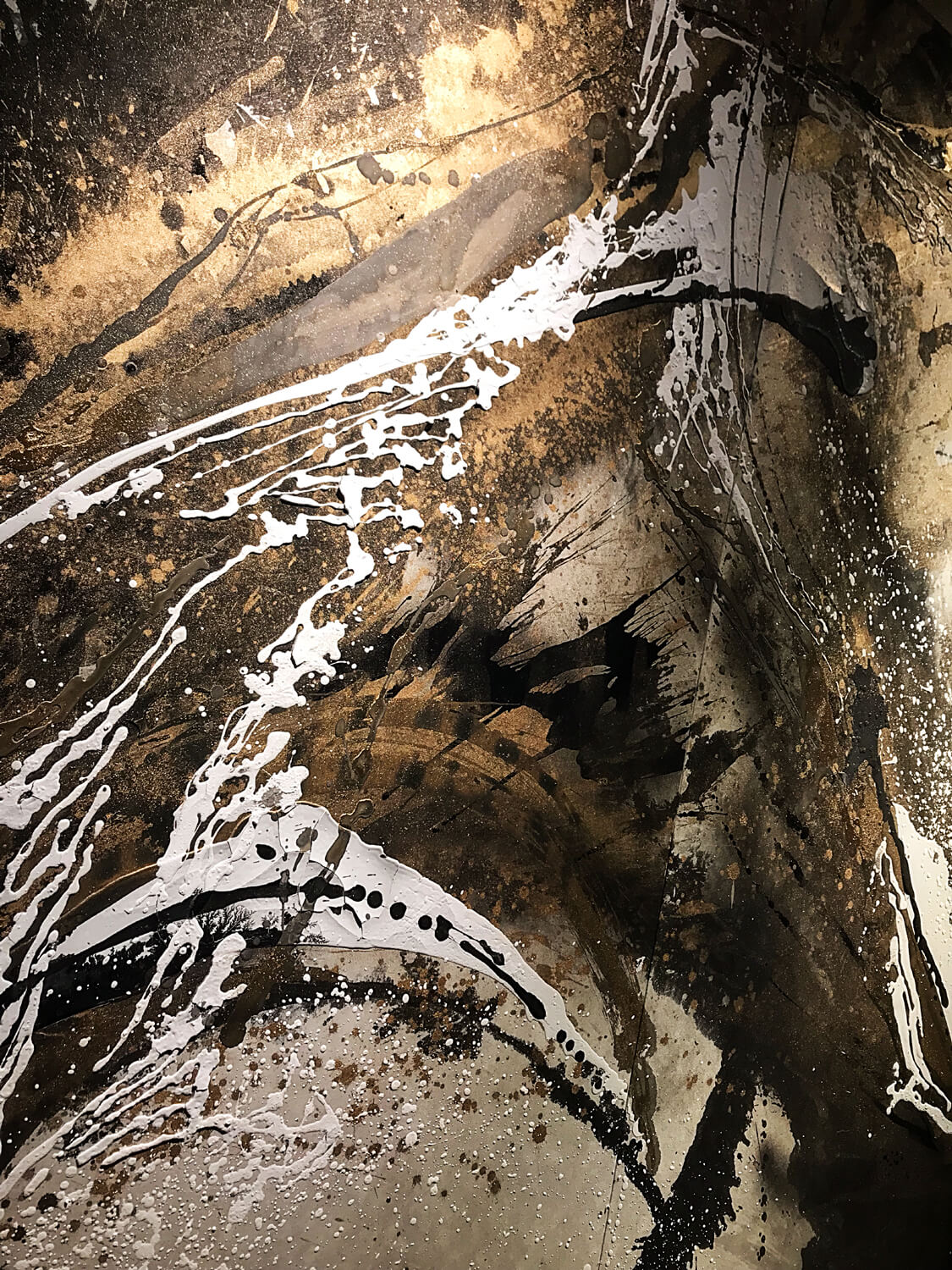
©Rei Omori
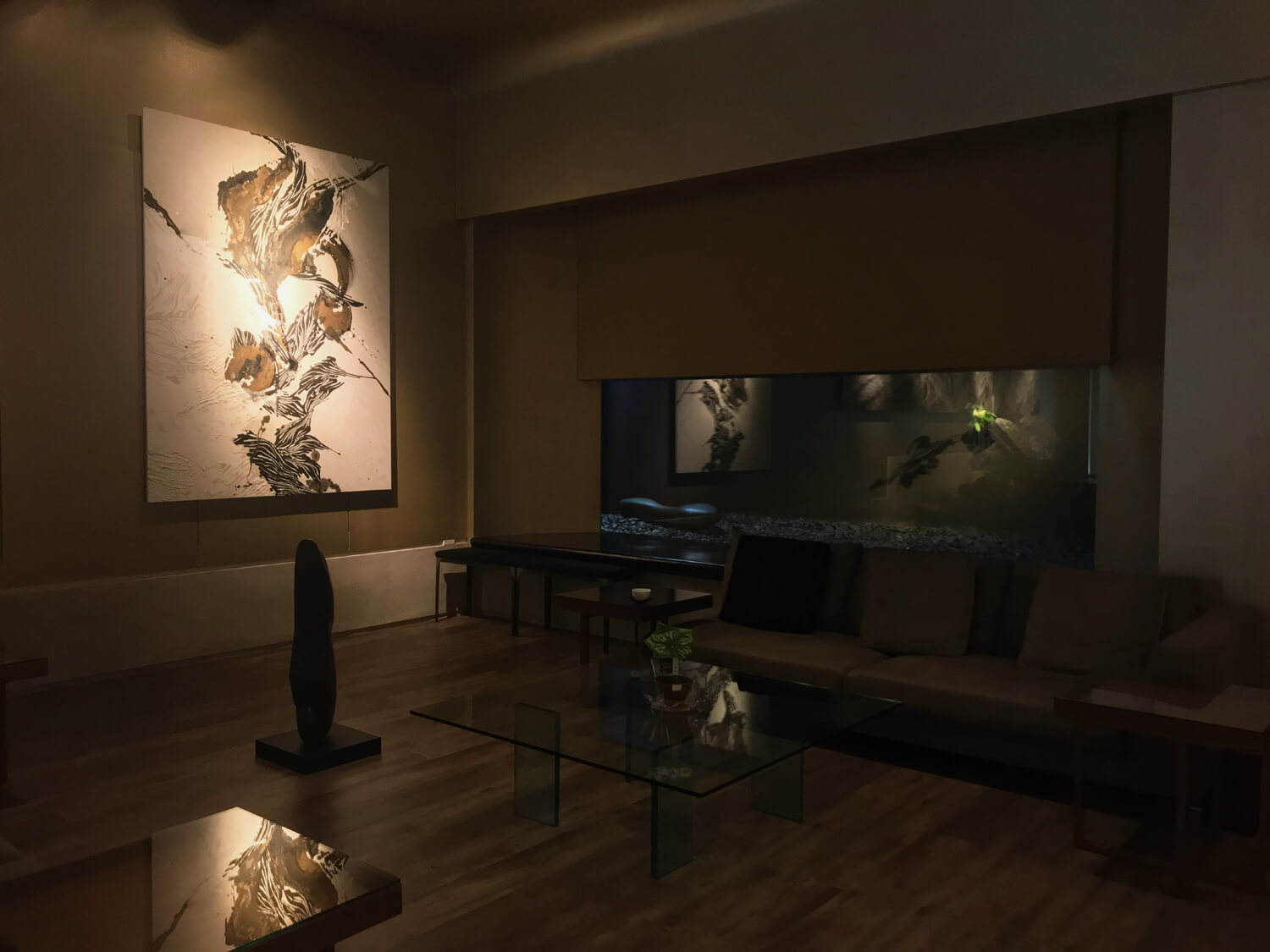
©Rei Omori
TRENDING
-
The Tattoos that Marked the Criminals of the Edo Period
Traditional tattoos were strong signifiers; murderers had head tattoos, while theft might result in an arm tattoo.

-
The Story of Sada Yacco, the Geisha who Bewitched Europe
Described by Dazed magazine as the first beauty influencer, she has been restored to her former glory since 2019.

-
Chiharu Shiota, Red Threads of the Soul
Last year, more than 660,000 people visited the retrospective 'Chiharu Shiota: The Soul Trembles' exhibit at the Mori Art Museum.

-
Japanese Left-field Pop From The CD Age, 1989-1996
‘Heisei No Oto’, a compilation of hidden gems in the unspoken depths of Japanese pop, reveal blissful moment of technological possibility.

-
‘Shojo Tsubaki’, A Freakshow
Underground manga artist Suehiro Maruo’s infamous masterpiece canonised a historical fascination towards the erotic-grotesque genre.





